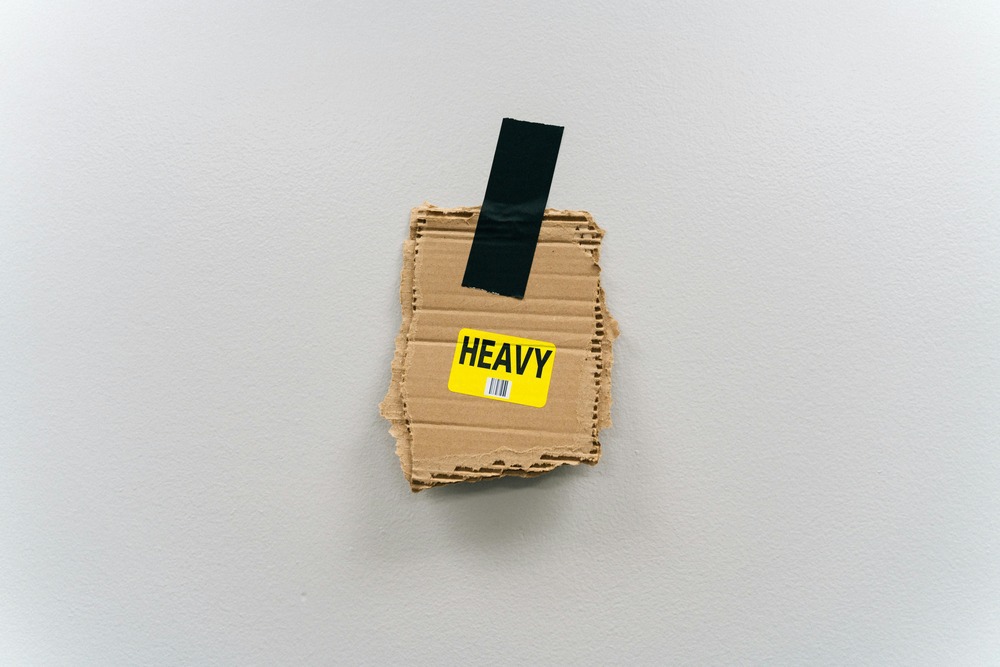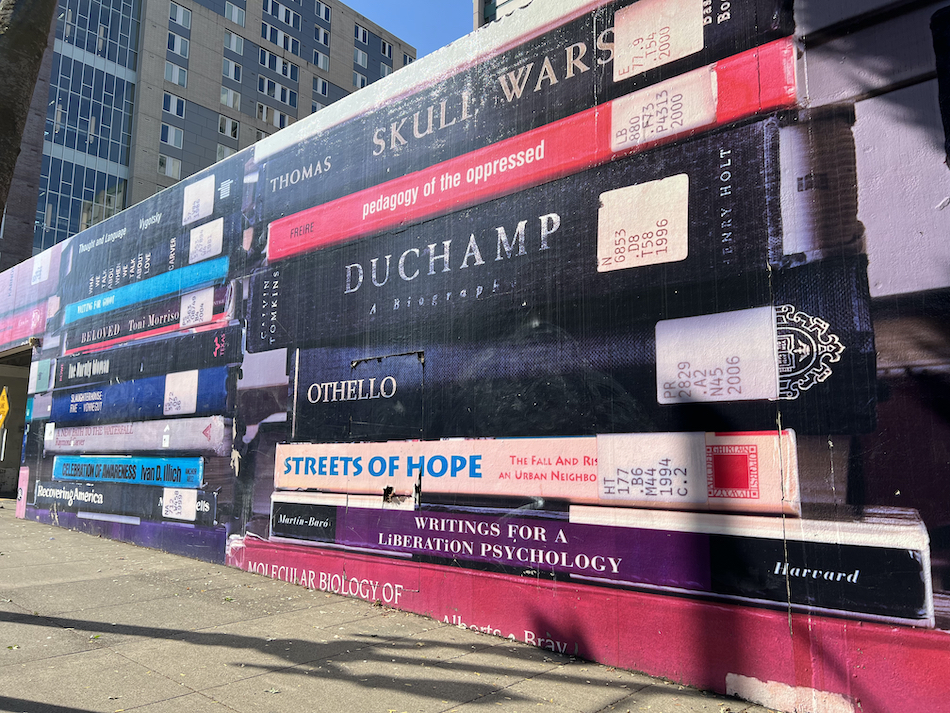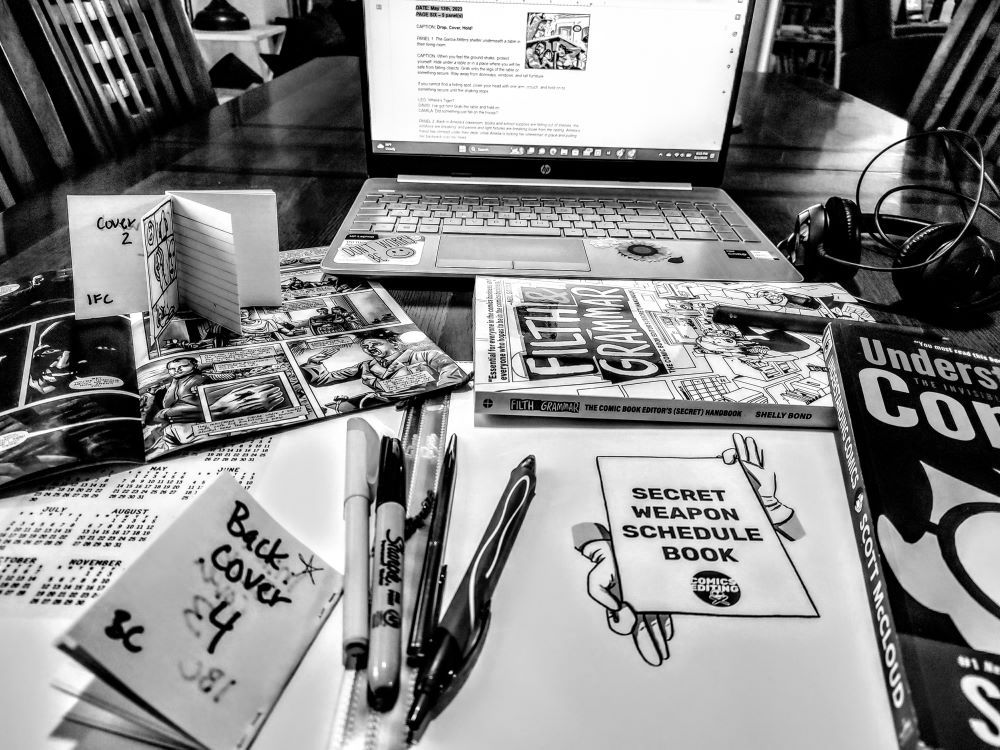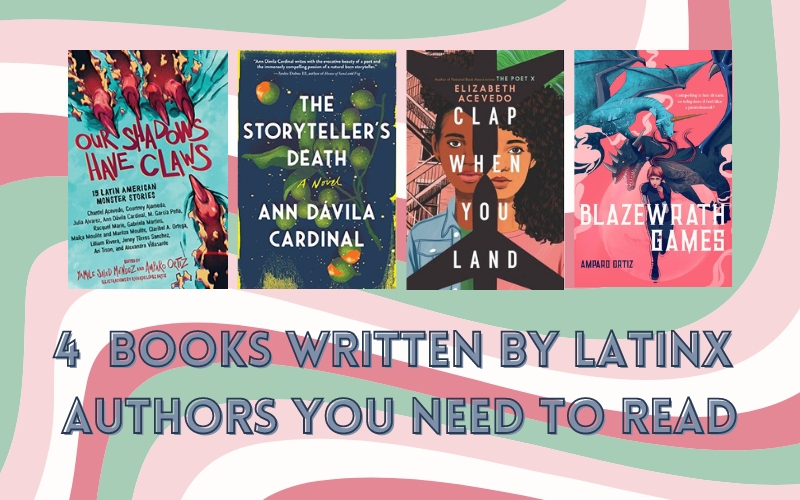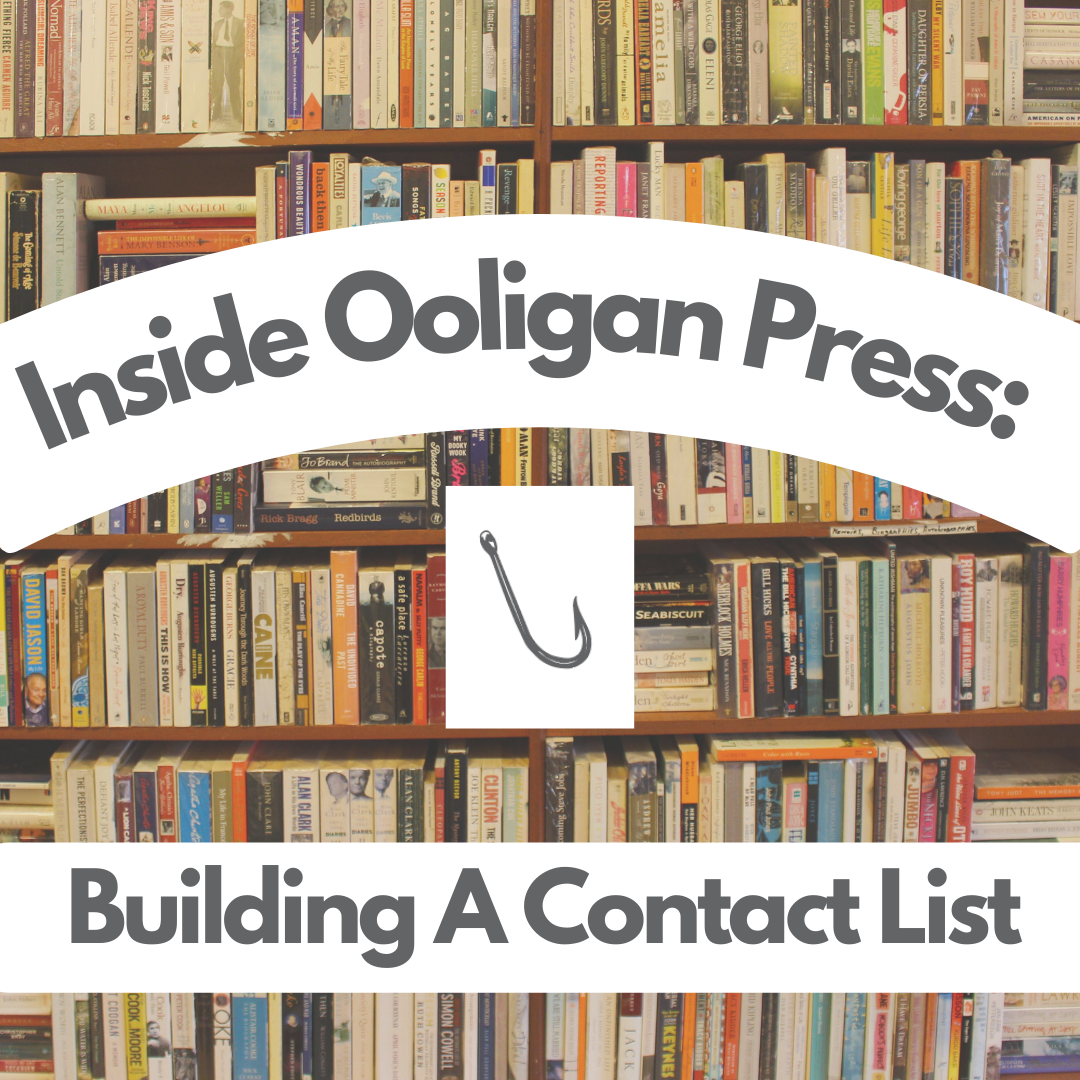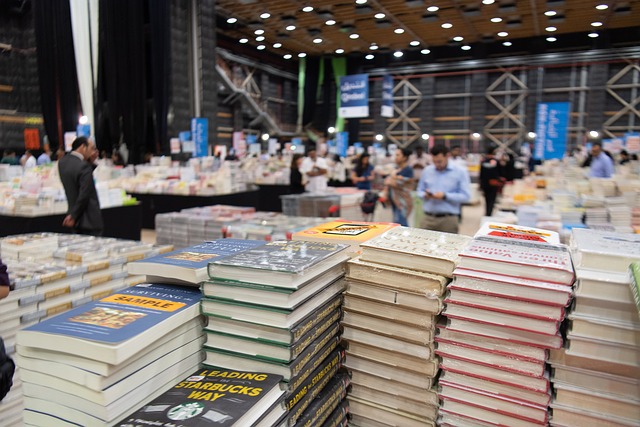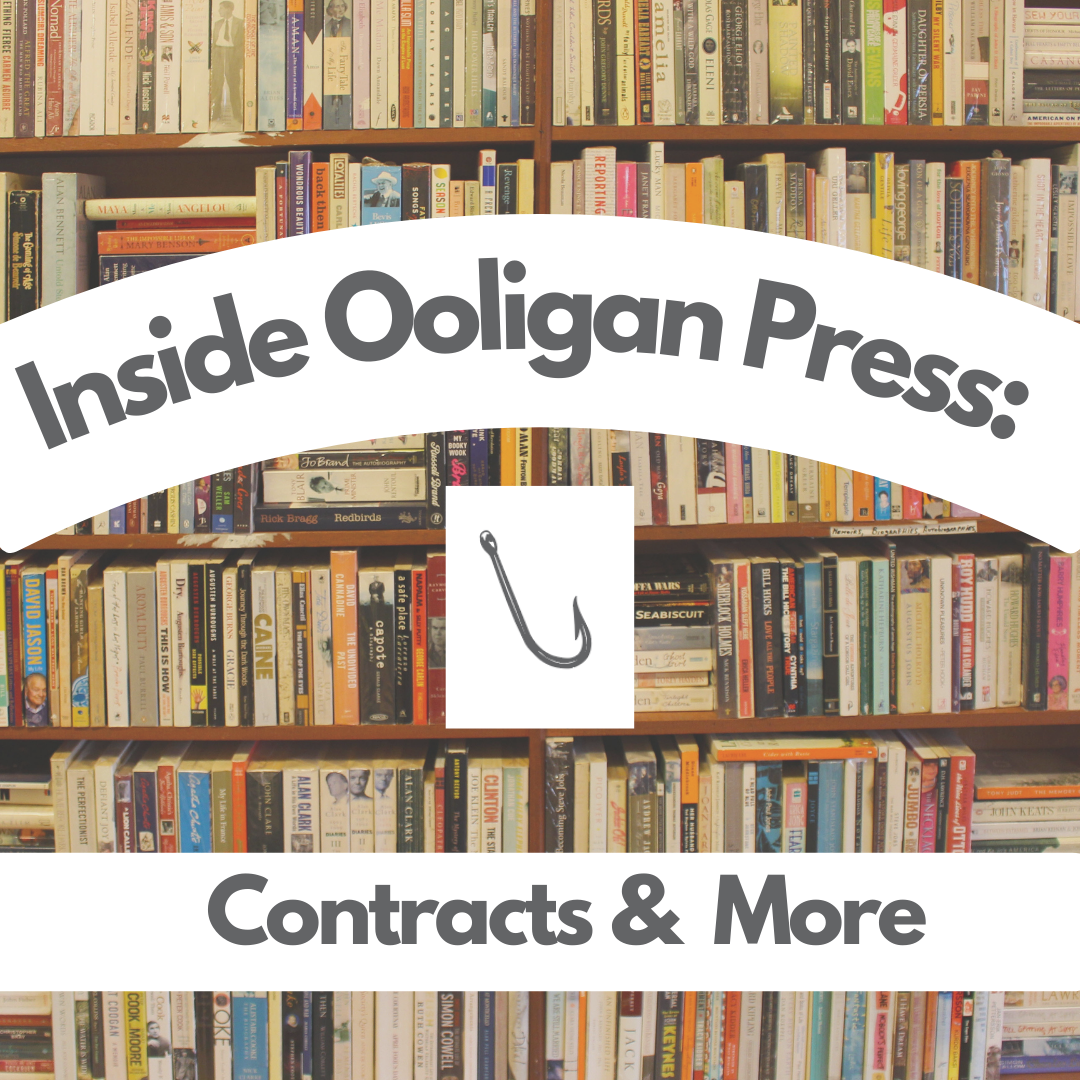The Manuscript Evaluation Process at Ooligan
Here at Ooligan Press, acquiring a book for publication is a democratic process, meaning that multiple people read each manuscript, and if it is chosen for a pitch, the whole press votes on whether to acquire the book or not. But what does the manuscript evaluation process look like? Here, I’ll do a deep dive in the process.




